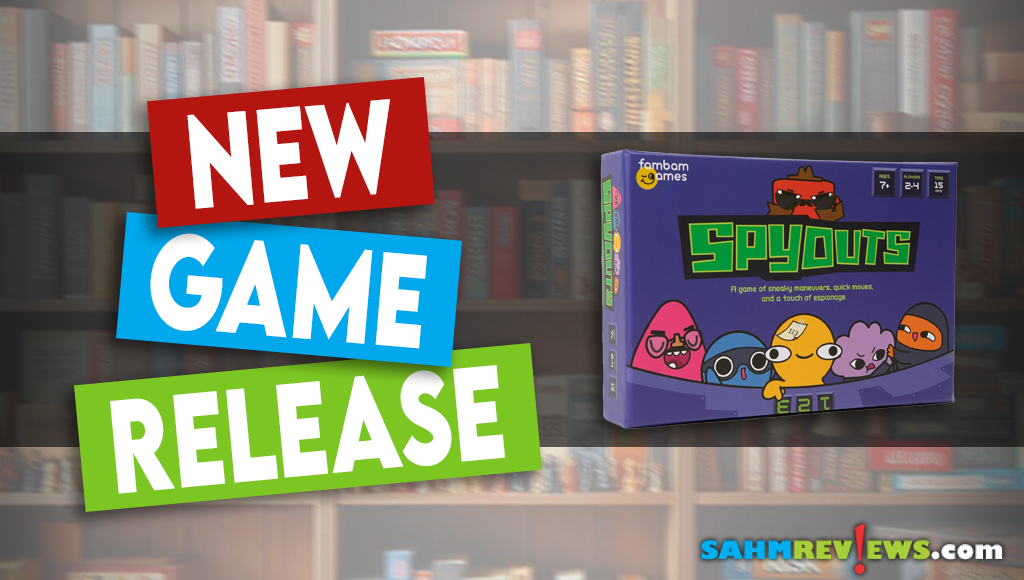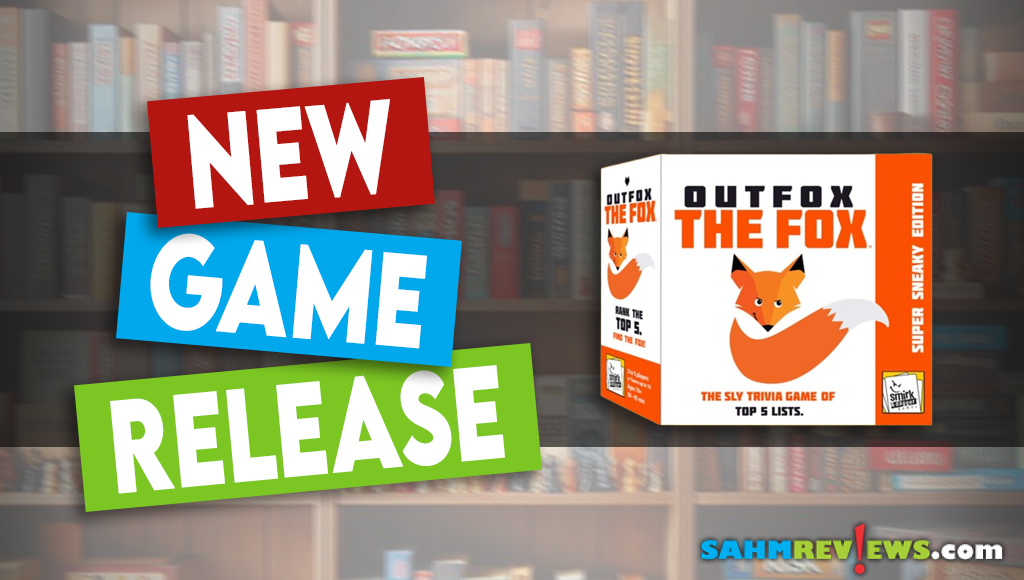Founders of Teotihuacan Tile-Laying Game Overview
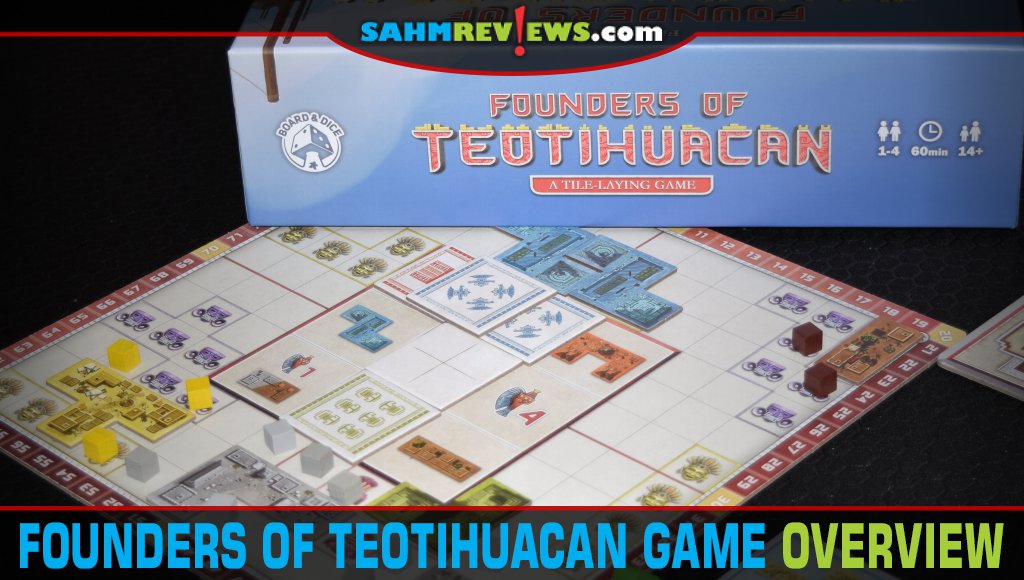
I’ve said it before and I’m here to reiterate. Don’t judge a game by the cover. It doesn’t always accurately depict what you’ll find inside. Even boop. from Smirk & Laughter is thinkier than the adorable box and meowples hint. A recent game day playing Founders of Teotihuacan from Board & Dice made me realize it could easily be misinterpreted. From the cover, it appears to be a historical game, but I would say anyone who enjoys polyomino games should give it a try. In this case, you aren’t necessarily trying to fill a grid with various shaped pieces. There are various sizes and types of pieces that function differently from one another so be prepared for a mix of strategy and puzzle in this not-really-historical adaptation of the archaeological complex of the same name.
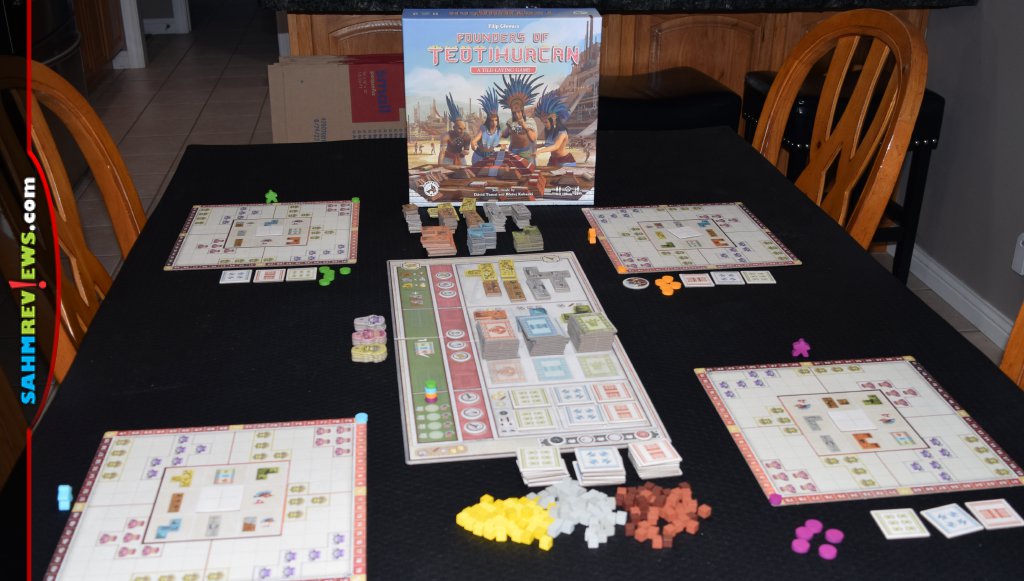
In addition to the main board in the center of the table, everyone gets a double-sided board and player tokens. All resources and Mask tiles are placed alongside the main board. Then it’s populated with different types of tiles, some based on the player count and others a specific quantity. Bonus disks are shuffled and randomly arranged on the designated spaces on the main board. Everyone receives one Pyramid tile of each color that they’ll place in the center of their grid before the game begins, taking the associated reward that is covered by the tile. Architect meeples are placed on one of the sides of the board based on first player (top), second player (right), third player (bottom) and fourth player (left).
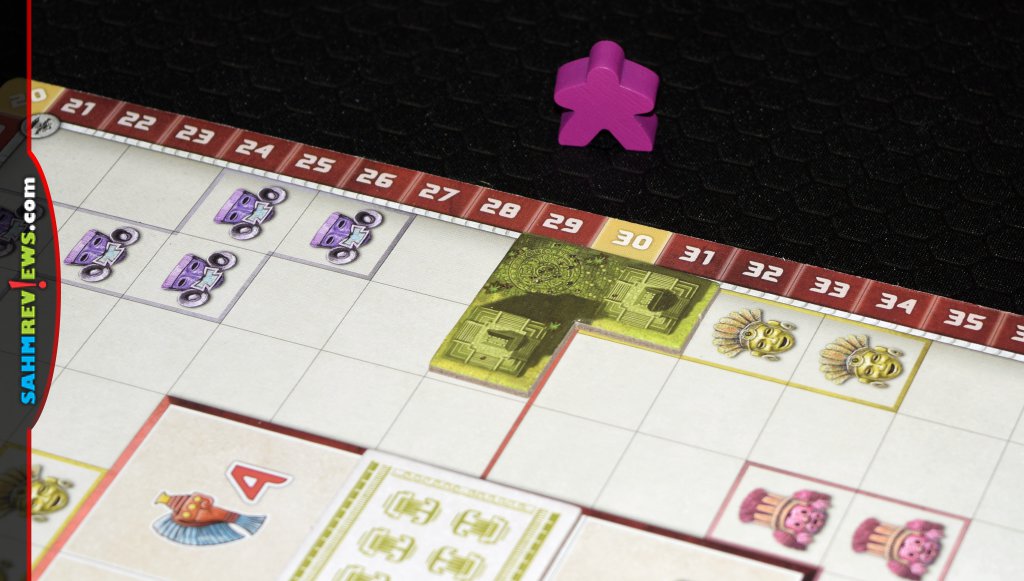
There are several key points understand when playing Founders of Teotihuacan. 1) You can’t randomly place pieces wherever you want and 2) if you want to build your pyramid upward then you must create a solid foundation below it. Let’s start by talking about how to know where you are able to build. As I mentioned at the end of the set-up process, each player has an architect meeple that starts in a different place. Throughout the game, you’ll be constructing buildings and temples in the outside sections of your board and sections of the pyramid in the center. Where you’re able to build depends on the location of your architect. The architect is only able to reach spaces in the half of the board it can see. So when you attempt to build something, it must be completely constructed within his viewing range. He’ll move at the end of each of your turns so you’ll have to plan your resources accordingly to be able to construct what you want when he’s in the area you are trying to improve.
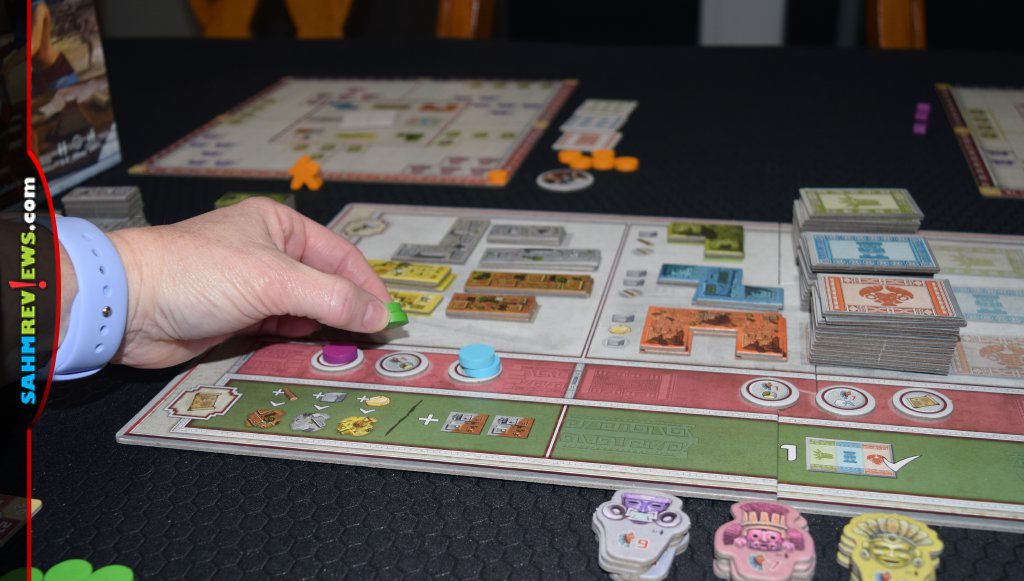
The board has three columns (sections A, B and C) with each of those divided into build (on the top) and influence (on the bottom). The top and bottom sections are separated by three action spaces for each column. Before I explain more about the construction of buildings or anything else, it’s important to understand another crucial concept relating to the process of taking actions. Each player has an equal number of player disks to start the round. Action spaces are activated by players assigning their own disks on top of the bonus disk or an existing stack. There are a few caveats to this. First, each space can only hold a maximum of three player disks along with the bonus disk on the bottom. Second, you can only access the actions within the column where you place your disks. Third, the number of disks in the stack correspond with the size of piece you’re able to draft. So if place two disks onto a space with an unclaimed bonus token (or one disk onto a space that already has two disks on it), the total strength is three. That means you’re able to construct a polyomino piece that consists of three, two or one squares. BUT, you also have to pay the related resources noted next to it. Each player takes turns adding as many of their disks to the different sections until all players have expended all of them. Disks get removed in subsequent rounds meaning you’ll have fewer options, but at least it’s the same for everyone.
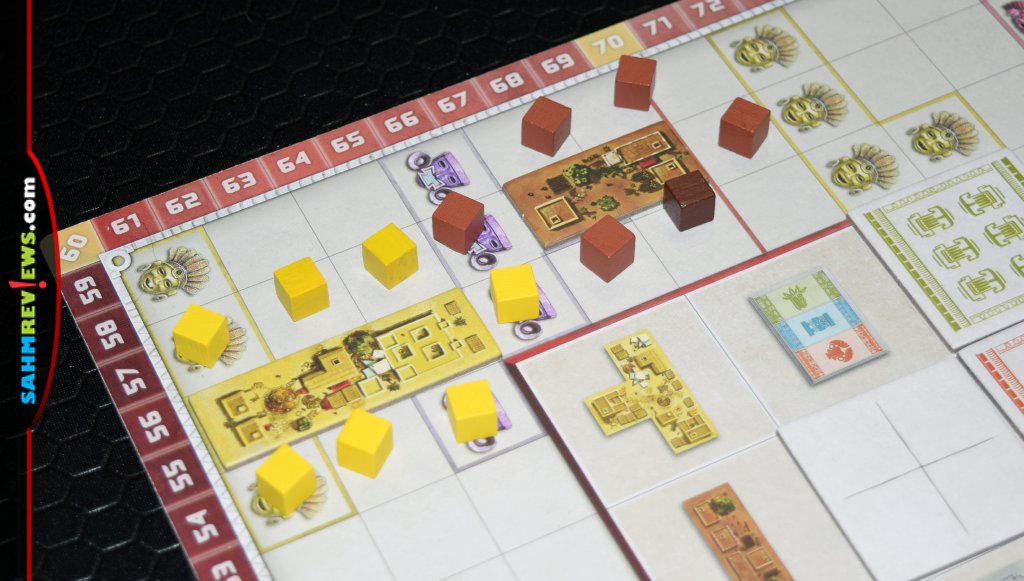
With an understanding of the action selection process and how the architect works, we can touch on scoring. The main ways to earn victory points are 1) by covering clusters of mask symbols to collect the top victory point tile from the corresponding mask stack, 2) completing objectives shown on Worship tiles and 3) aligning Temples with matching Pyramid pieces in each quadrant of the board. But you can’t build temples, improve your pyramid or really do much of anything unless you have resources so it’s important to understand how you gather resources. You build a resource building and immediately generate the corresponding resources in all orthogonally adjacent AND empty spaces. These resources are available for use moving forward and will be removed from the board when spent. There are fields to repopulate them or you can simply build more resource buildings.
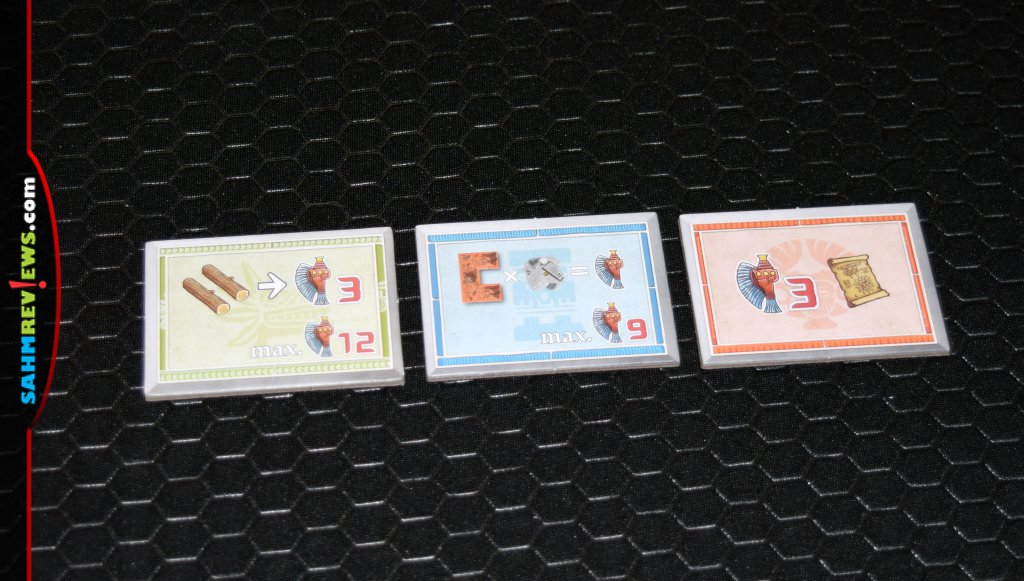
Keep in mind that one way to earn points is to fulfill Worship tile objectives then making an offering to activate that tile. And another is to build up your temple. If you’re filling your board with resource buildings then you’ve limited the spaces to construct Temples. Those temples are a main way to earn the above-mentioned Worship tiles and are also what determines the value of each of the four Districts. Each temple is worth two points for each matching lower-level pyramid tile in that quadrant and three points for each upper level tile. So Founders of Teotihuacan is a balancing act of things like type of action, disk management and building types… through the use of polyomino tiles. You can see how it’s very different from Second Chance flip-and-write, Cottage Garden or Ubongo, all which also incorporate polyominoes.
Founders of Teotihuacan offers enough diversity of action options that you’re able to play it multiple times and have a different experience. It has a lot going on, but with limited actions available it doesn’t drag on forever. It’s latest in the Teotihuacan series, available at local game stores and online direct from Board & Dice or on Amazon. Follow them on Facebook and Twitter to find out what else they’re building into their catalog!
Do you judge games by their covers?

